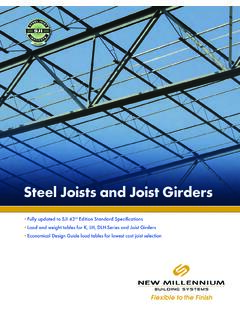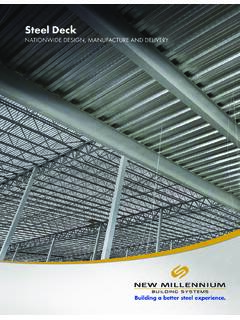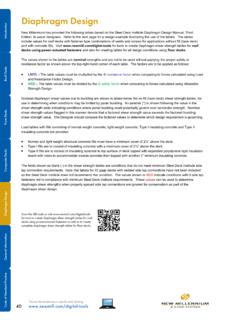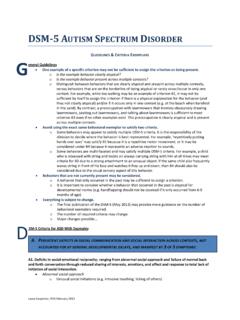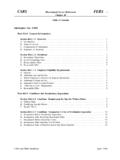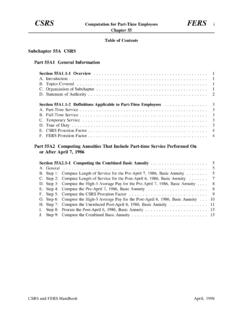Transcription of ASD or LRFD – know the difference
1 2015 New Millennium Building Systems, LLC All rights YOU know ?May 27, 2015 ASD or lrfd know the differenceThe traditional Allowable Strength Design (ASD) is based on using an allowable design strength calcu-lated by dividing the component nominal strength by a safety factor. Alternatively, the Load and Resistance Factor Design ( lrfd ) method is based on a combi-nation of factoring applied loads up as a function of loading predictability and factoring the component resistance (nominal strength) down as a function of reliability and importance. While these are similar methods, they are not the to the American Institute of Steel Construction (AISC) chose to calibrate the lrfd to the traditional ASD at a live to dead load ratio of 3. This means that at a live to dead load ratio of 3 the lrfd and ASD design methods result in the exact same strength requirements.
2 For live to dead load ratios of less than 3, the lrfd results in some level of improved economy compared to the ASD. For live to dead load ratios of greater than 3, lrfd requires higher strength levels than ASD, resulting in more consistent structural reliability under the higher levels of loading more information on the distinction between ASD and lrfd structural steel design, see the AISC Steel Construction Manual available on the AISC web site. [ ]Did you also know ? The Flex-Joist system developed by New Millennium combines the lrfd design approach with tension controlled open web steel joist design to achieve a substantially higher reliability index at minimal cost uses a constant factor of safety for all designs, no matter what the load type, while lrfd requires a higher factor of safe-ty for loads with higher variability (less predictability).
3 The lrfd method requires the use of higher load factors for loads with higher variance, such as live or snow loads. Dead loads (such as structure self-weight) are usually very predictable. Live loads not so much. So there is much higher probability of a design live or snow load being exceeded than of a design dead load being targets a statistically consistent structural reliability, by requiring a higher safety factor for loading with greater variance. In contrast, the traditional ASD uses a constant safety factor, resulting in reduced reliability under design loads with greater levels of the ASD and lrfd methods of structural steel design are similar, they are not the same. So what is the difference and why should you care? Build a better steel visit our website for complete



